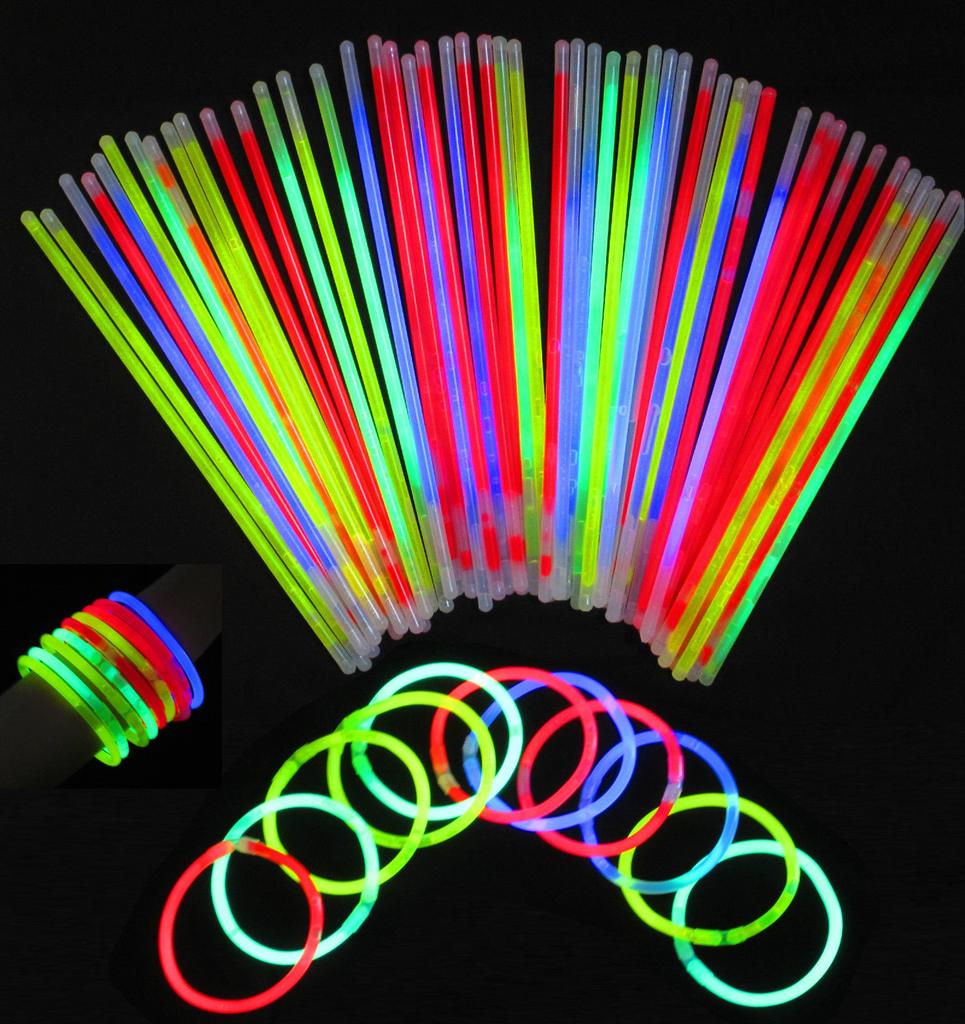
Perseverance is the latest Mars Rover. NASA uses it for several tasks, one of them being being able to find life on Mars. Whether it has been there thousands of years ago, or if it still is there. It does this by looking at the chemical composition of the rocks on Mars (and not by looking for little green aliens that are walking around, like the alien version of Big Brother). Perseverance is equipped with a very powerful laser, as well as some other high-tech equipment that is used to measure the light this laser generates. One laser can actually give three different signals. If you combine that, you could find life on Mars. In the following three sections I’ll talk about what these methods are and how they work.
1: LIBS
LIBS stands for Laser Induced Breakdown Spectroscopy. Perseverance is not the only Mars Rover that is capable of doing this: Curiosity (on Mars since 2012) was the first. The way it works it by shooting the very powerful laser at a rock or something you like to examine. Because this laser is not only very powerful, it is also pulsed: meaning it gives off its energy in very short bursts of energy. Think of it as boxing: if you give a very powerful punch, you’ll have more chance of knocking your opponent unconscious than if you just give a very long push in the face. The very short burst of energy creates a lot of heat in the rock. So much that the tiny spot where the laser hit it will explode. What then happens is comparable to fireworks. The beautiful colours from fireworks come from the different elements that are in the fireworks. Each gives off a different colour (also called wavelength of the light). If you detect the different colours coming from the exploded rock, then you know which elements are in the rock.

With fireworks all the elements give off individual colours.
2: Raman spectroscopy
Raman spectroscopy works by measuring the light that scatters off the sample. The laser light itself gets reflected back to Perseverance. But not all the light maintained the original colour. What happens is quite comparable with tennis. Anyone who has ever played tennis knows that if a ball approaches you and you let it bounce off the racket, it will bounce back at the same speed. But if you swing at it, you can make it bounce back much faster: you may score a point. But if you swing it wrongly it will lose energy and might not even make it to the net: point goes to your opponent. Raman spectroscopy works the same. Molecules are constantly moving back and forth. That’s because they vibrate. So some of the light from the laser gets a full swing, some a bad swing. Gaining energy or losing energy means changing the colour of the light. Measuring that gives a good idea what the molecules in the rock are.

Molecules vibrate and can give or take energy from the light that hits them. Similar to a tennis ball.
3: Fluorescence
Ever bought a glow stick? These are popular because of the different glowing colours these give off. Materials can give a fluorescent glow for multiple reasons: because they get hot, because of a chemical reaction (that happens inside a glow stick) or because a laser shines light on it. In all cases the material takes up energy and then tries to get rid of it. By giving off light it loses energy and that is what makes it fluoresce. The colours it gives off depend on the material and it’s usually a broad range of colours. But measuring this gives another method to know what compounds are in the rock.

Glow sticks use fluorescence to ‘glow’.
All three methods need to be combined to know for sure what the composition is. And then to trace it back to something that was alive before or still is.
Will Perseverance find life on Mars? Hopefully, but the truth is we don’t know. It has the right tools but it can only measure what’s close to the surface. We might have to wait until we go there ourselves. Because it’s easier to dig in the ground yourself than to tell a robot to do so from 290 million kilometers away.
